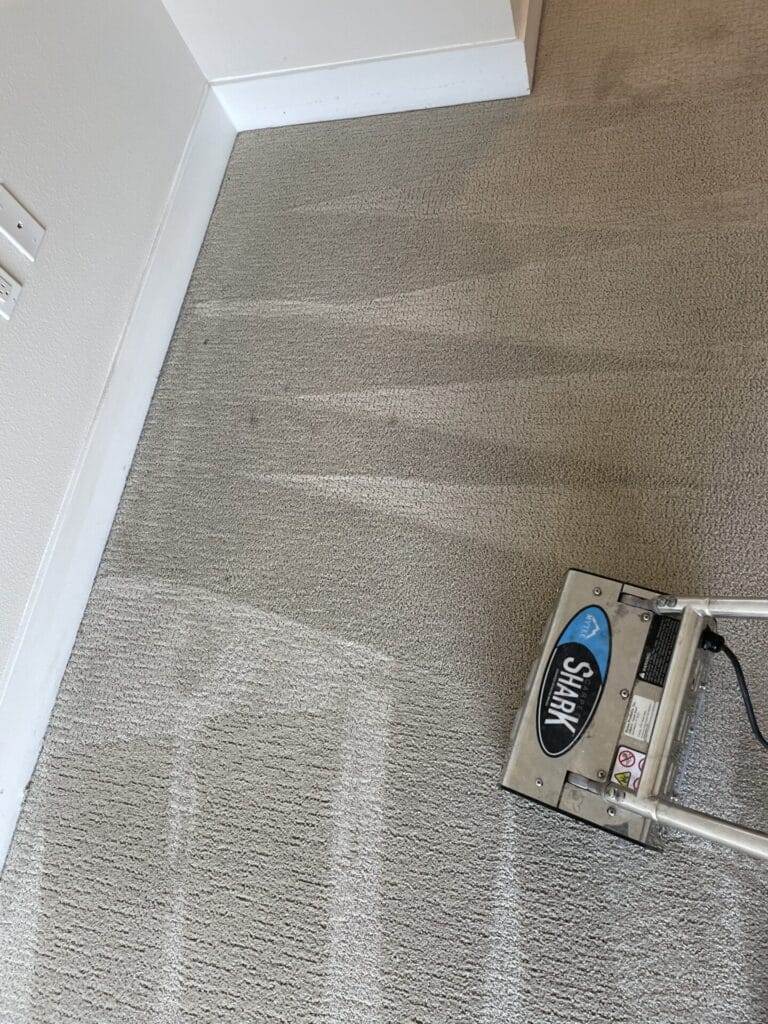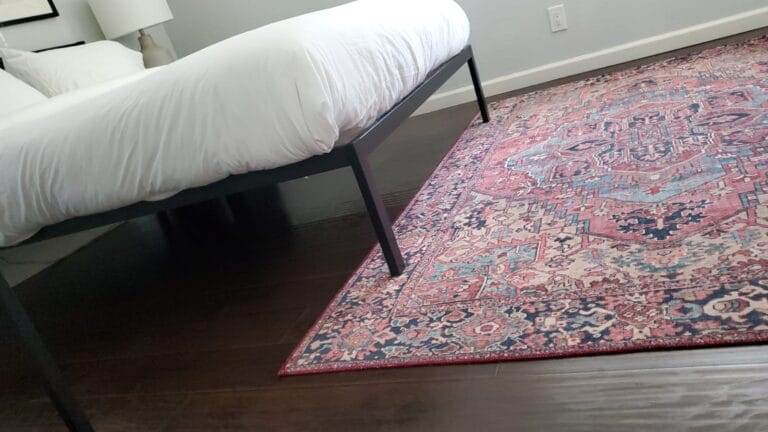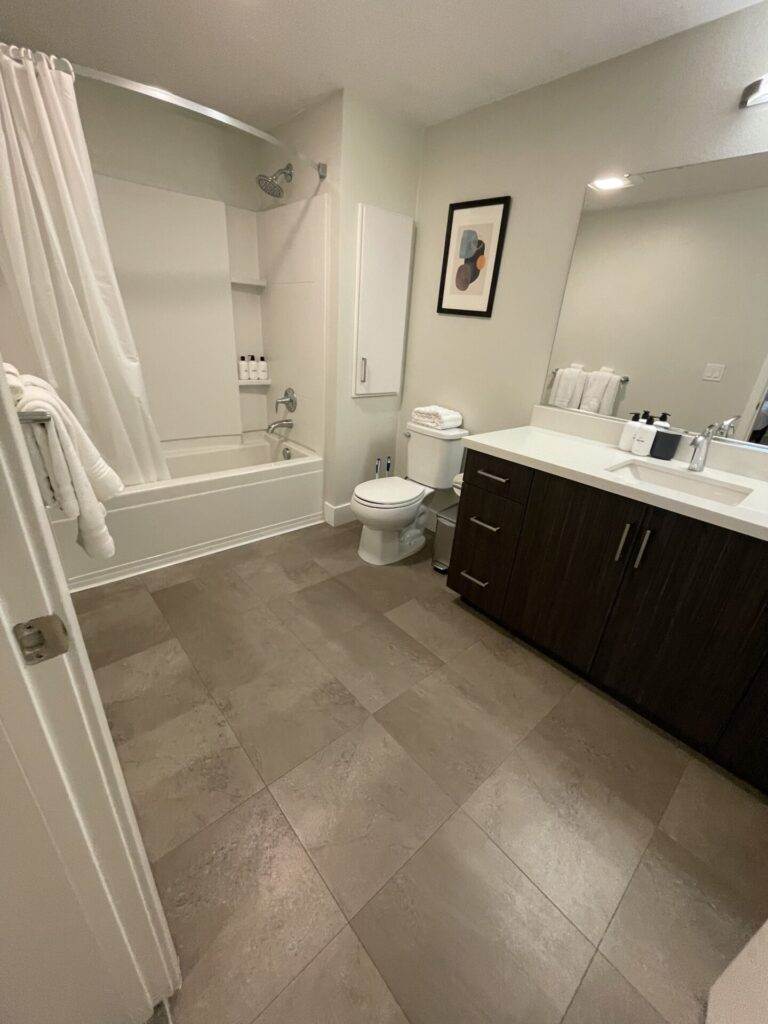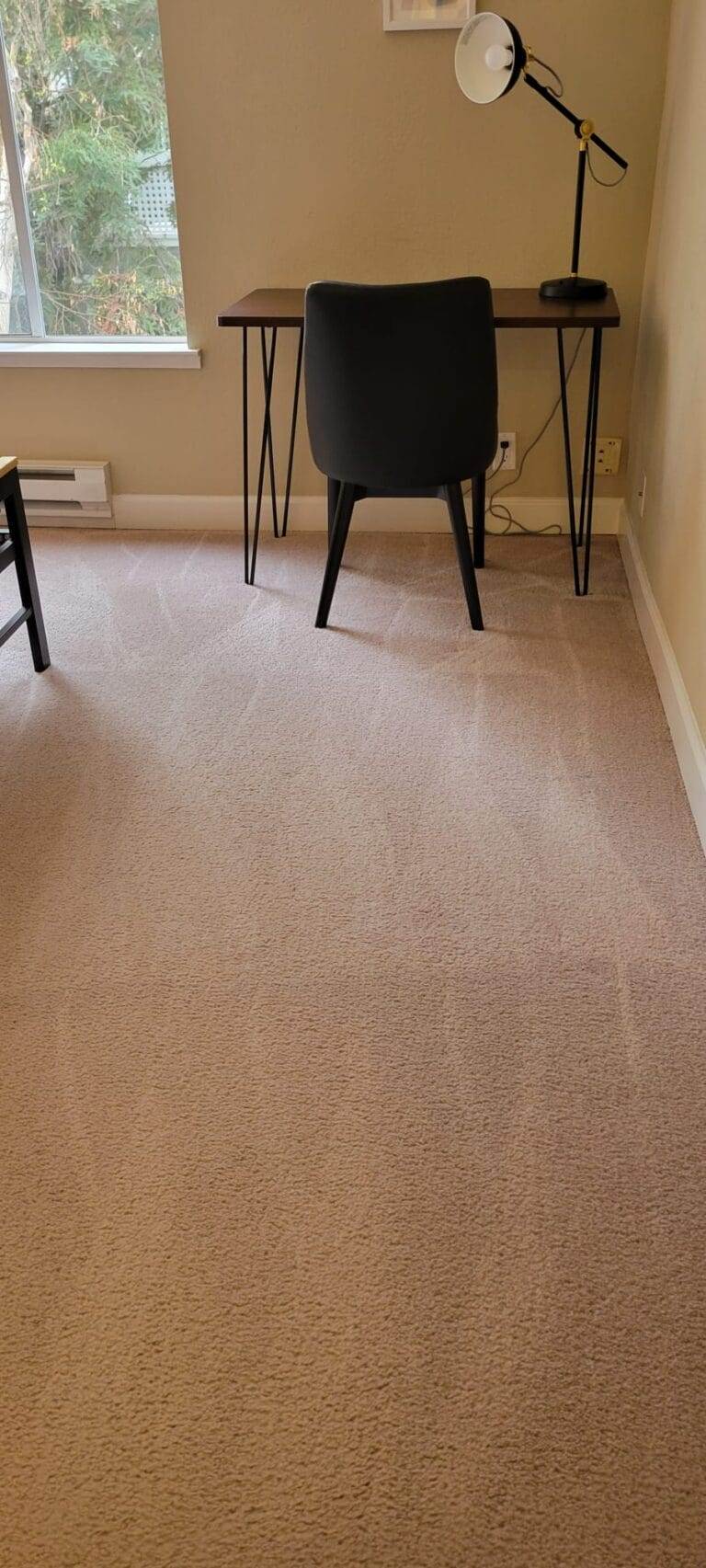What is Upholstery Cleaning?
Upholstery cleaning is a specialized process designed to thoroughly clean and restore the fabric covering your furniture, enhancing its lifespan and aesthetic appeal. It involves various cleaning methods that target different types of stains and dirt accumulated over time, including those caused by kids and pets. Stains from spilled food, pet hair, dust, dirt, or even marker inks left behind by children’s exploratory hands are common challenges in upholstery cleaning. This type of deep-cleaning goes beyond daily vacuuming to ensure your upholstered furniture is truly clean and fresh-smelling. Upholstery cleaners use specific tools and techniques to safely and effectively remove stubborn stains without damaging the fabric. Overall, regular upholstery cleaning not only improves the appearance of your furniture but also contributes to a healthier living environment by removing allergens and bacteria embedded in the fabric fibers.
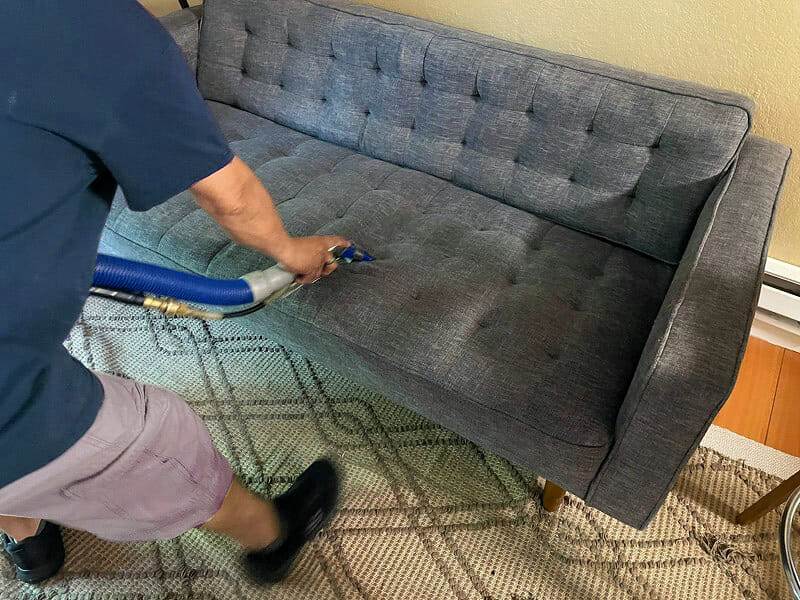
Understanding the Upholstery Cleaning Process
1. Inspection
The first step in the upholstery cleaning process is inspection. The professional cleaner will assess the furniture to identify the type of fabric, stains, and any areas of concern.
2. Pre-Test
A small, inconspicuous area of the upholstery is tested with the cleaning solution to ensure that it won’t discolor or damage the fabric.
3. Vacuuming
Before any wet cleaning methods are used, all loose dirt and debris are removed using a high-powered vacuum.
4. Pre-Treatment
Using a specially formulated cleaning solution, visible stains and heavily soiled areas are pre-treated to break down dirt and grime for easier removal.
5. Cleaning
Hot water extraction cleaning is safe to use indeed a very effective method for deep cleaning upholstery. This process involves applying hot water and a specific cleaning agent under high pressure onto the upholstered furniture. The mixture infiltrates deeply to loosen up or remove dirt particles in the fibers, which are then efficiently removed using powerful vacuums.
On the other hand, certain cleaning scenarios may require more manual methods such as brushing or blotting. We use the brush to help reduce stains or lingering pet hairs.
Brushing is often called for when dealing with stubborn stains or heavily soiled areas that need some additional friction to free trapped dirt. Gentle, non-abrasive brushes are typically used to avoid damaging the fabric of sofa, couch, or upholstered furniture .
Blotting is another common technique used especially when dealing with fresh stains. The key here is not to rub but rather dab or ‘blot’ at the stain with an absorbent cloth. This helps lift away the discoloration without spreading it further into the clean sections of your upholstery.
Remember, upholstery cleaner are designed for different fabrics and types of stains may require different approaches. Therefore, always make sure to check the manufacturer’s instructions before starting any cleaning process on your upholstered items.
6. Rinsing
After cleaning, all residues from pre-treatments and cleaning solutions are rinsed away using clean water or a rinse agent.
7. Drying
Finally, fans or leaving windows open will help air dry upholstery more quickly and can also reduce any residual smell after a deep clean.
Remember that although there is an overall general process for upholstery cleaning, different types of fabrics may require different treatment methods; always hire professionals who understand this aspect.
Stain and Odor Removal for Upholstery

When it comes to maintaining the cleanliness and freshness of your upholstery, Master Clean Service Bay Area is the right choice. Here’s why:
- Expertise: We possess extensive knowledge and skill in dealing with various types of upholstery materials. Our team understands how different fabrics react to certain cleaning solutions and techniques.
- Standard Practices: We diligently employ industry-standard practices aimed at the reduction and elimination of dirt, stains, and odors to ensure a pristine environment.
- Customer Satisfaction: Our top priority is customer satisfaction. We strive to provide exceptional service that exceeds expectations every time.
- Environmentally Friendly: The methods we employ are safe for both humans and pets. This means you don’t have to worry about harmful chemicals or residues left behind on your furniture.
- Timely Service: We value your time as much as you do; therefore, we offer prompt service without compromising on quality.
While we do our best in removing stains and odors from your upholstery, it’s important to note that in some circumstances complete removal may not be possible due to the nature of the fibers absorbing stains over time. Despite this challenge, our professional cleaning can significantly reduce these issues, offering a noticeable improvement in appearance and smell.
Choose Master Clean Service Bay Area for reliable, high-quality upholstery care.
Effective Stain Removal Techniques for Upholstered Furniture
DIY Upholstery Cleaning: Best Products and Techniques to Clean Your Furniture
Upholstery, like any other part of your home, can gather dirt and stains over time. However, the best way to clean upholstered furniture doesn’t have to involve expensive professional services. You can effectively clean your own upholstery using the right products and techniques. Here’s how you can do it.
Materials Needed
Before we get started, here are some products you probably you’ll need:
- Upholstery cleaner (There are many on the market designed for different fabric types. Choose one that’s suitable for your furniture.)
- A soft brush
- Microfiber cloths
- Water (preferably distilled so as not to leave residue)
Step-by-Step Guide
Step 1: The first step is always vacuuming your furniture thoroughly. This will remove loose particles of dirt making the cleaning process much more effective.
Step 2: Test the upholstery cleaner on a small, hidden spot first to ensure it does not discolor or damage the fabric.
Step 3: Apply the cleaner according to its instructions typically by spraying it lightly across the upholstered surface.
Step 4: Use a soft brush to gently agitate the upholstery cleaner into the fabric of your furniture in a circular motion.
The soft brush is a crucial tool in this process as it helps distribute the cleaner evenly across the fabric while also working it deep into its fibers where most of the dirt and stains reside. Using a brush will make it much easier to remove stubborn stains because it can reach areas that simply wiping cannot.
Step 5: Leave the product on for as long as recommended by its instructions then use a microfiber cloth dampened with water to rinse out the solution from your furniture.
Remember not to oversaturate your upholstery with water; too much liquid can seep into cushions causing mildew or mold problems down the line.
Aftercare
Once you’ve successfully cleaned your upholstery, maintaining its cleanliness is just as important.
- Regularly vacuuming will prevent dirt build-up.
- Promptly deal with spills before they become set-in stains.
With these steps and tips in mind, cleaning and maintaining your upholstered furniture is straightforward and manageable!
What are the Best Upholstery Cleaners?
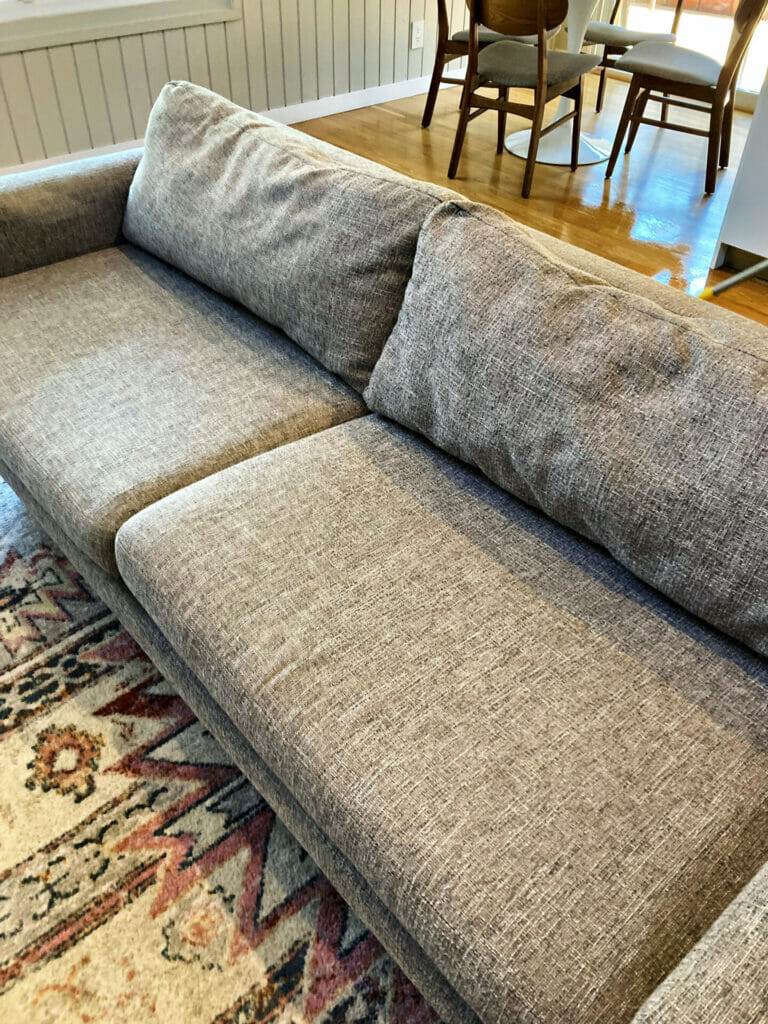
Multi-Purpose Portable Carpet and Upholstery Cleaner
Carpet and upholstery cleaning are often considered daunting tasks. However, portable carpet and upholstery cleaners offer the best solution for various reasons.
Tackling Tough Stains
Portable cleaners are designed to contend with even the most robust stains. Whether it’s red wine on your carpet or coffee on your couch, these devices tackle stains head-on, utilizing powerful solutions that penetrate deep into fibers to dissolve dirt and grime.
Achieving a Deeper Clean
Portability doesn’t compromise on thoroughness. These cleaners can reach all nooks and crannies of your home’s furniture and upholstery cleaning, ensuring a deeper clean than traditional methods. Their compact size allows them to clean areas that would otherwise be difficult to reach. The result? Your carpets and upholstery not only look cleaner but also become free from allergens and bacteria.
Caring for Upholstery Fabrics
Upholstery furniture pieces can be made from delicate fabrics that require gentle care. Portable carpet and upholstery cleaners are equipped with settings suitable for different types of materials. They handle everything from cotton to velvet with utmost care, preserving the quality while reducing stains and dirt from upholstery pices.
Handling Upholstery Stains
Upholstery stains can be challenging to remove due to the fabric’s intricate weave, a task that requires different cleaning methods. Portable cleaners, often recommended by cleaning experts, come equipped with specialized attachments designed precisely for such delicate tasks. These tools are essential in maintaining your furniture and effectively removing upholstery stains without causing any damage or discoloration.
Beyond just stain removal, these tools aid in routinely cleaning up messes, ensuring your furniture stays in optimal condition. This way, you not only keep your furniture looking new but also prolong its lifespan. With the right portable cleaner and the knowledge from a cleaning expert, preserving and removing stains from your cherished upholstery becomes an achievable task.
Meeting Individual Cleaning Needs
Whether you’re tackling a widespread spill or targeting a small spot, portable cleaners can adjust their cleaning power accordingly. This flexibility allows you to customize each cleaning session according to your specific needs – something large professional-grade machines often don’t allow.
In conclusion, having a multi-purpose portable carpet and upholstery cleaner at hand saves time, ensures efficient cleaning, preserves the life of your furnishings while providing powerful performance regardless of the task at hand.
Professional Stain Remover
Professional stain removers are powerful cleaning agents designed specifically to remove or reduce even the most stubborn stains from a variety of surfaces. With a special focus on furniture, these products can be a real game-changer when it comes to maintaining the cleanliness and longevity of your upholstery.
Furniture Cleaning
Furniture cleaning is an essential part of home maintenance. Over time, pieces of furniture like sofas, chairs and ottomans can accumulate dirt, grime, and various types of stains. These might be from food spills, ink blots or even pet stains which are particularly troublesome due to their persistence and unpleasant odor.
Types of Cleaning
There are different types of cleaning methods for furniture depending upon the nature and intensity of the stain. Some stains may come off with just a light scrub using a damp cloth while others might require deep cleaning with specialized solutions or detergents.
Scrubbing is usually the first approach towards removing a stain from upholstery. A gentle scrub with a brush can dislodge surface level dirt or grime. However, more stubborn stains such as those caused by pets often need additional measures.
Using Detergent
Detergent-based cleaning involves mixing a small amount of detergent with cold or warm water to create your own gentle yet effective cleaning solution. This mixture can then be used to tackle harder-to-remove stains on your furniture’s fabric coverings.
Always remember to perform spot tests before applying any detergent or other cleaning product onto your furniture’s upholstery. This will ensure that the product doesn’t discolor or damage the material itself.
Pet Stains
Pet stains are especially challenging because they often contain proteins that make them difficult to completely eliminate using normal household cleaners. Specialized pet stain removers use enzymatic action to break down these proteins making it easier to fully remove these kinds of stains from your furniture’s upholstery.
Cleaning Products
There is an extensive variety of professional cleaning products available in market today tailored for different kinds of applications including removing pet stains, coffee spills or wine splatters among others. These typically contain powerful cleansing agents capable of handling stubborn marks without damaging your furniture fabric when used appropriately.
In conclusion, maintaining clean upholstery necessitates the right combination of consistent effort, appropriate techniques and high-quality professional stain removers.
